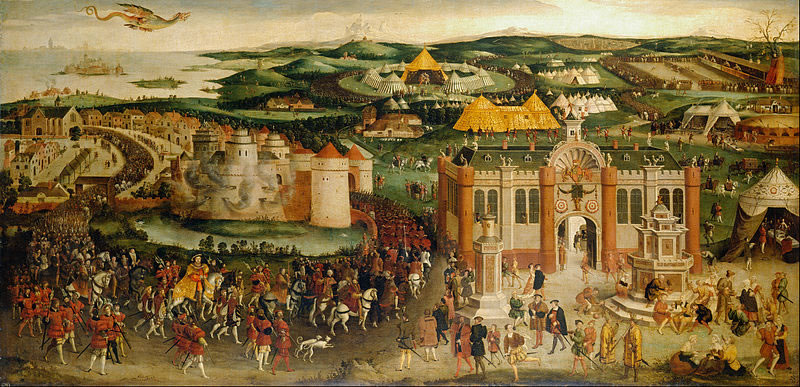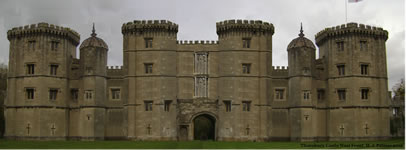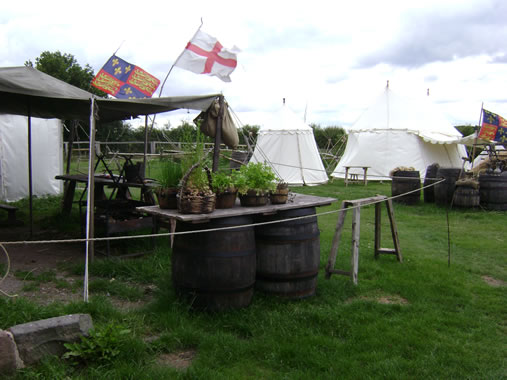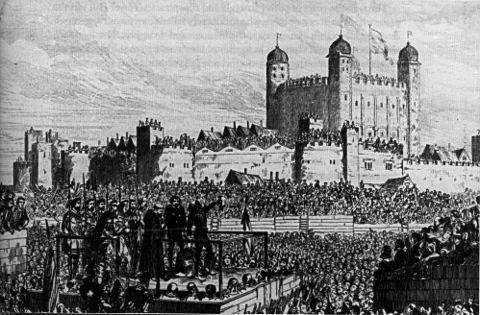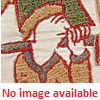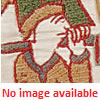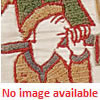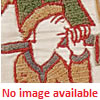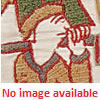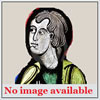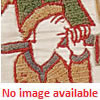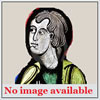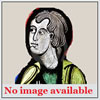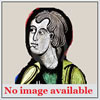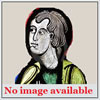|
The Castle Builder
Sir Edward STAFFORD 1477/8-1521 |
Edward Stafford spent his early life hiding away from the royal court and his adulthood as an integral part of the Tudor court! He was clearly a person who was used to power! He showed it in his appearance, manners and life style, and ultimately in the lavish home he planned to build in Thornbury to flaunt his high standing in English society. This ambition was to lead to his eventual downfall and execution. |
|
The Battle of Bosworth was a pivotal point in Edward's life. Richard III lost his life, Henry VII became monarch and Edward began his rise in Henry's court. He was made a Knight Order of the Bath the day before Henry's coronation and the following month his family lands and title were restored to him. Edward was in attendance at court when Henry's son Henry (later Henry VIII) was presented to court. In 1495 he was made a Knight of the Order of the Garter. Following this he successfully dealt with a Cornish rebellion. Everything was moving upwards for young Edward. |
|
When Henry VIII ascended to the throne he made Edward Lord High Constable which the young Duke considered it his hereditory post. He also served as Lord High Steward and bearer of the crown at the coronation. In 1509 he was made a member of the King's Privy Council. Edward was in a powerful position, but was this enough for him? |
|
The following year he was given a licence to crenellate his castle. He built the new castle next to the medieval manor house at Thornbury. It was described as: 'an impressively towered castle' with 'huge oriel windows in the living-quarters in the inner court'. The lavish appartments in the new castle were fit for a king! |
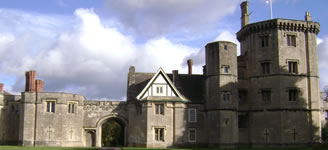 |
|
|
Edward's father had been beheaded for treason by Richard III in 1483 and all his honours were foreited. Edward is believed to have been hidden in friend's homes in Herefordshire not just during the rebellion against Richard III but possibly throughout Richard's reign. |
|
| |
 |
| |
In 1513 Edward served as a captain in the invasion of France commanding 500 men in the 'middle ward'.
He was present along with his wife Eleanor at the 'Field of Cloth of Gold'. This was a meeting from 7 to 24 June 1520, between King Henry VIII of England and King Francis I of France. The meeting was arranged to increase the bond of friendship between the two kings following the Anglo-French treaty of 1514. |
|
|
|
'Field of Cloth of Gold' |
In 1514 Edward was commisioned to keep order in South Wales along with the Marcher Lords. It appears that he exerted little influence and was rebuked by the King in 1518 for failing to achieve the desired results. |
Edward's Castle at Thornbury was under construction and it had all the trappings of a powerful owner. Had it been finished it would have looked like this (picture right), but Edward's position in Tudor society had shifted radically. |
Once a captain and confidant of Henry VIII he was now viewed with suspicion by the royal court. His impressive castle did not help change his image of someone aspiring to a higher position than he already held. Was he manouvering to become King himself? Edward could trace his lineage back to the Plantagenets and he mixed with his extended family in the upper reaches of Tudor society. Henry feared that he was plotting against him, although all the evidence was circumstantial, but such was the way with Henry's courtiers who fell in and out of favour during the later years of Henry's reign! The building of a castle that made a statement of Edward's power could well have been the straw that broke the camel's back in Henry's eyes! |
|
|
| |
|
|
Thornbury Castle as it may have looked when completed. |
|
During 1520, Edward became suspected of potentially treasonous actions and Henry VIII authorised an investigation. Henry personally examined witnesses against him, gathering enough evidence for a trial. Edward was summoned to Court in April 1521 and arrested and placed in the Tower of London. He was tried before a panel of 17 peers, being accused of listening to prophecies of the King's death and intending to kill the King. He was executed on Tower Hill on 17 May. Edward was posthumously attainted by Act of Parliament on 31 July 1523, disinheriting most of his wealth from his children. |
| |
| |
|
|
| |
|
